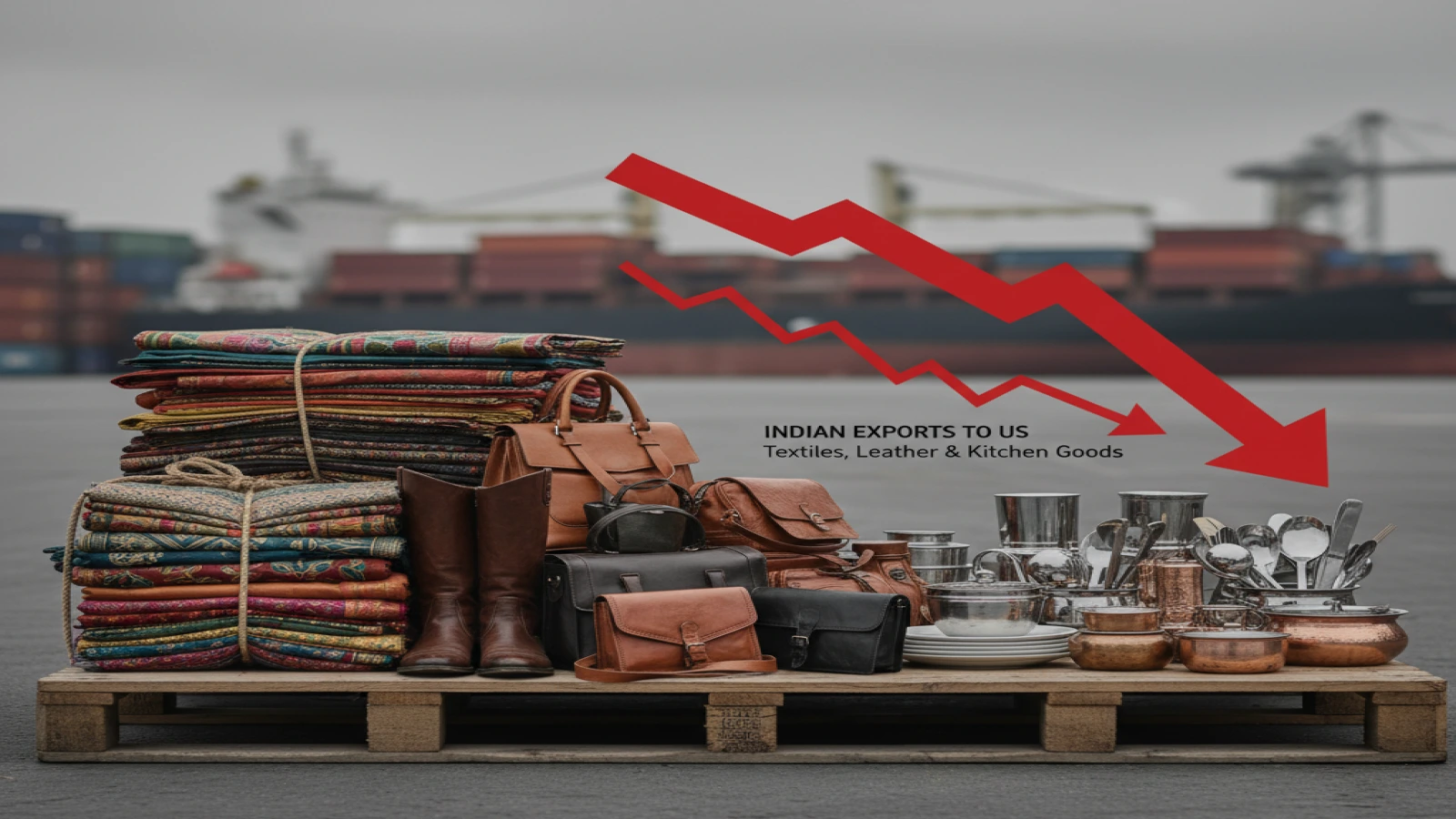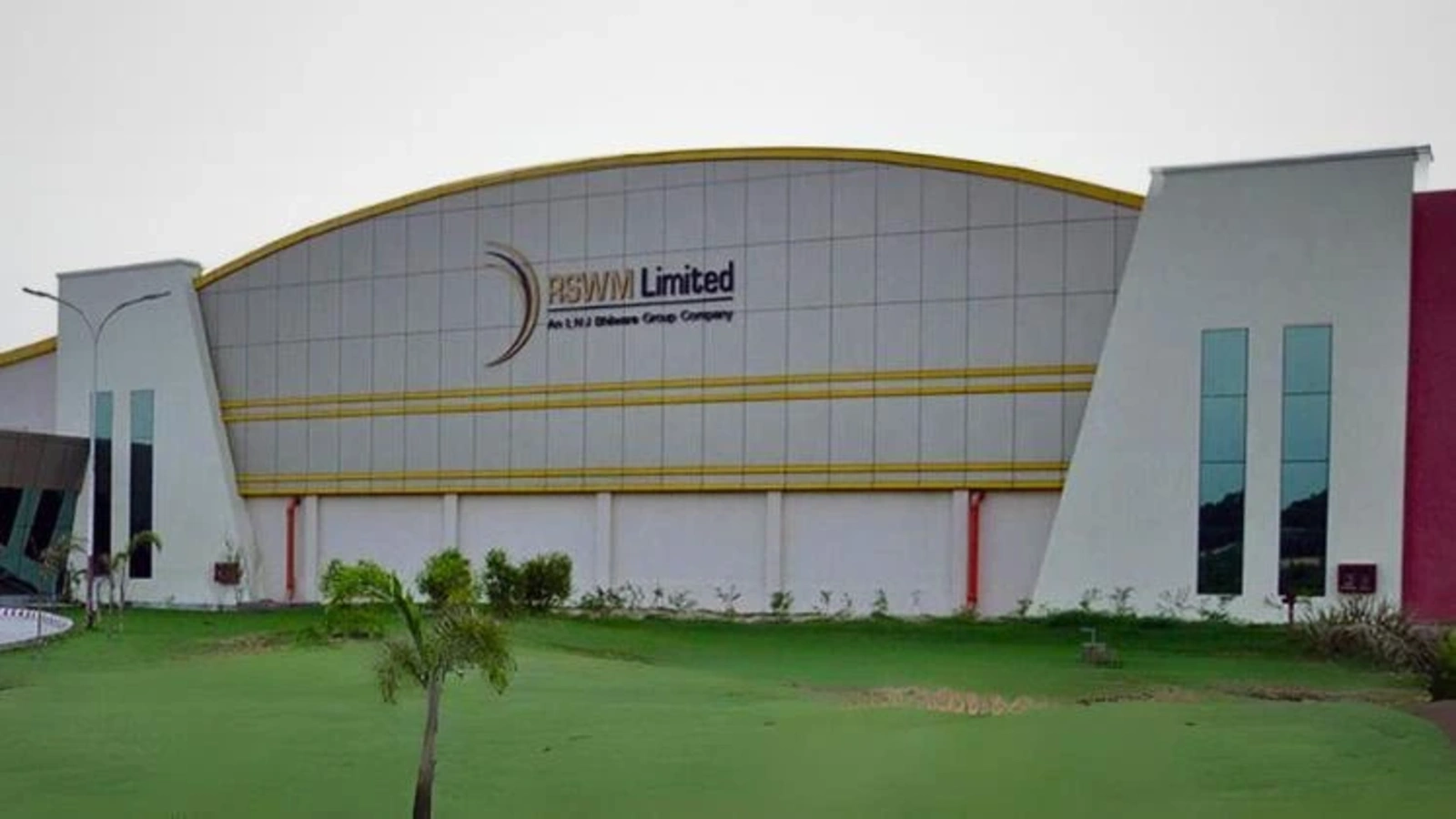Navigating The Indian Blanket Market Challenges And Triumphs Of Sarla Blankets
Share Post
 Backed by a legacy of 45 years, unmatched experience in both domestic and international markets, and a bouquet of the nest quality products, Sarla Blankets & Beyond is credited as the rst Indian soft home furnishing manufacturer to introduce manufacturing of cloud-touch Blankets in the country. Sarla’s portfolio has expanded to a bouquet of 55 varieties including cloud-touch Winter Blankets, AC Comforters/AC Blankets, Bedsheets, Duvet Covers, Quilts, Mats and more. Sarla Blankets & Beyond is slowly and steadily impacting the Indian textile industry and the minds of its consumers offering the best quality for money as its entire range of products is crafted around the needs of individual consumers. All the above products are manufactured in an ultra-modern manufacturing facility with the latest state-of-the-art machines and technology.
Backed by a legacy of 45 years, unmatched experience in both domestic and international markets, and a bouquet of the nest quality products, Sarla Blankets & Beyond is credited as the rst Indian soft home furnishing manufacturer to introduce manufacturing of cloud-touch Blankets in the country. Sarla’s portfolio has expanded to a bouquet of 55 varieties including cloud-touch Winter Blankets, AC Comforters/AC Blankets, Bedsheets, Duvet Covers, Quilts, Mats and more. Sarla Blankets & Beyond is slowly and steadily impacting the Indian textile industry and the minds of its consumers offering the best quality for money as its entire range of products is crafted around the needs of individual consumers. All the above products are manufactured in an ultra-modern manufacturing facility with the latest state-of-the-art machines and technology.
TBD had a conversation with Mr Aman Aggarwal, Director and Co-Founder of Sarla Blankets & Beyond on opportunities and challenges of Indian Blanket market.
How did Sarla, a home textiles company with a strong export presence, identify and capitalize on a gap in the Indian blanket market?
Sarla, a 50-year-old company specializing in home textiles and exports, identified a market opportunity in India for a specific type of blanket. We observed that certain types of blankets, better known as “cloud touch blankets,” were being imported from China but not manufactured in India. The existing Indian market primarily focused on basic mink blankets. Seeing the potential for these “cloud-touch blankets”, we made a bold decision to import the necessary machinery to manufacture them in India. Sarla offered a new and previously unavailable product to the Indian market. Our existing experience in exports provided us with the knowledge and resources necessary to identify and capitalize on this opportunity.
What are the key differences between cloud-touch and mink blankets, and what factors contribute to the higher cost of producing cloud-touch blankets?
Cloud-touch blankets use a finer yarn compared to mink blankets. This finer yarn was not readily available in India until Reliance developed it. Cloud-touch blankets require specialized fine gauge machines for weaving, which are different from those used for mink blankets. The processing involved in producing cloud-touch blankets is significantly more complex and time-consuming than that of mink blankets which includes additional finishing steps. Due to the increased processing, labor, and capital expenditure (Capex) requirements, the cost of producing cloud-touch blankets is substantially higher than that of mink blankets. Cloud-touch blankets are a more premium product characterized by their use of f iner yarn, specialized weaving techniques, and a more elaborate production process. These factors contribute to the higher cost associated with producing cloud touch blankets.
Can you offer your valuable insights into the overall Indian blanket market?
The total blanket market in India, including organized and unorganized sectors, is estimated to be around 8,000 crores (80 billion rupees) when focusing solely on mink blankets. However, it is a broader market size of 10,000-12,000 crores (100-120 billion rupees) if we consider other blanket types like fleece and polar blankets. Blanket preferences seem to vary across different regions in India. Mink blankets are dominant, but fleece and polar blankets are gaining traction as alternatives. People in the south tend to use lighter and f iner blankets like flannel in winter.
What is the breakdown of the organized and unorganized sectors within the Indian blanket market, and how does the market for cloud-touch compare to the overall market?
The organized Indian blanket market comprises blankets sold through big brands and retail chains. It is estimated to be around 2,500 crores (25 billion rupees). The unorganized market includes blankets sold through smaller shops and informal channels, such as village markets. It is estimated to be around 6,000-7,000 crores (60-70 billion rupees).
Within the organized sector, the market for higher-quality blankets like cloud-touch is estimated to be around 400 crores (4 billion rupees). This suggests that while the organized sector is smaller overall, it represents a premium market with higher-value products and also highlights the presence of imports in the higher-quality blanket market, indicating that domestic manufacturers are competing with international suppliers.
What are the key challenges facing the Indian blanket industry, particularly in Panipat, and how have these challenges impacted production capacity and market dynamics?
The industry has experienced a significant increase in production capacity over the past few years, leading to overcapacity and has also seen a decline in market demand. The demand for blankets has shifted towards shorter seasons, impacting sales and profitability. The industry has struggled to penetrate the export market, with China dominating this sector. A shortage of skilled labor and the promotion of untrained workers have impacted productivity and quality. The dominance of the unorganized sector in India creates challenges for organized players in terms of pricing and competition.
These challenges have combined to impact production capacity, with many plants operating at 50-60% capacity. The overall market has weakened, and the industry has faced difficulties in exporting its products. There is a need for the industry to focus on improving workmanship and training to address the labor challenges and enhance product quality.
What are the potential bene ts of investing in skill development for the Indian blanket industry, and what are the key challenges in implementing such initiatives?
Skilled workers are generally more efficient and productive, leading to increased output and reduced costs. Well-trained workers can contribute to higher quality products, which can improve competitiveness in the market. Skilled workers are better equipped to adapt to changing market conditions and technological advancements. Investing in employee development can increase job satisfaction and reduce turnover, leading to greater stability within the workforce.
However, implementing skill development initiatives can also pose challenges, investing in training programs can be costly, particularly for small and medium-sized enterprises. Training can disrupt production schedules and require significant time and resources. Employees may resist new training programs or find it difficult to adapt to new skills. The benefits of skill development may not be immediately apparent, requiring patience and commitment from both employers and employees.
By addressing these challenges and leveraging the potential benefits, the Indian blanket industry can improve its competitiveness and sustainability through targeted skill development initiatives.
What are the challenges and opportunities related to labor management in the Indian blanket industry, and how can companies address these issues to improve efficiency and sustainability?
The Indian blanket industry faces several challenges related to labor management, the seasonal nature of the industry can lead to fluctuations in labor demand, making it difficult to maintain a stable workforce. The industry often relies on external labor, which can create challenges in terms of availability, training, and retention. Many companies have not invested in training their own workforce, leading to a shortage of skilled labor. To address these challenges and improve labor management, investment in training programs to develop a skilled and versatile workforce is a must.
What are the key strategies that Sarla has implemented to build and grow its brand in the Indian blanket market, and what challenges has the company faced in achieving its goals?
Sarla has employed several strategies to build and grow its brand. The company launched a new product “made in India” to differentiate itself in the market. They engaged Niraj Chopra as a brand ambassador to enhance brand visibility and credibility. Sarla has invested in marketing initiatives, including a big radio campaign, to reach a wider audience.
The blanket market has been unstable in recent years, impacting demand and supply. Despite efforts, Sarla has experienced limited growth in terms of market share and profitability. Managing the supply chain for a seasonal product can be challenging, especially in an unstable market. To overcome these challenges and achieve sustained growth, Sarla is further exploring additional marketing strategies, diversifying its product offerings and seeking partnerships to strengthen its market position.
What is the current product mix for Sarla, and what challenges did the company face when entering the export market?
Sarla’s current product mix consists of Own brand: 40%, OEM (Original Equipment Manufacturer): 40%, Exports: 20%. When entering the export market, Sarla faced several challenges, the company faced competition from established Chinese brands that had already built a strong presence in the export market. Customers who were accustomed to purchasing from China may have had specific expectations regarding quality, pricing, and service levels. Initially, profitability had been lower as the company adjusted to the export market and established relationships with new customers. Sarla overcame these challenges and increased its profitability in the export market.
What are the challenges and opportunities associated with selling blankets directly to buyers, bypassing traditional distribution channels?
Sarla has considered a direct-to-buyer model, similar to what larger groups like Welspun and Trident are doing. There are several challenges to this approach, selling directly requires significant working capital to manage inventory and offer credit terms to buyers. Establishing a robust distribution network, including warehouses and logistics, is essential for efficient delivery. Building brand awareness and trust among buyers has been challenging, especially without established distribution channels. Competing with larger groups like Welspun and Trident can be difficult due to their scale and resources. Despite these challenges, Sarla sees opportunities in the direct-to-buyer model.
However, the company recognizes that their current model of selling by piece, rather than by weight, may need to change to compete effectively in the direct-to buyer market. This shift would require adjustments to their production processes and pricing strategies.
What are the key challenges and opportunities for Indian blanket manufacturers in building and growing their own brands, particularly in the domestic market?
There are several key challenges and opportunities for Indian blanket manufacturers in building their brands, establishing a strong distribution network, especially in a diverse market like India, can be challenging. Different regions have varying preferences and market dynamics. Manufacturers may need to invest time and resources to understand the domestic market, including regional preferences, pricing, and distribution channels. Building brand recognition and awareness in a competitive market requires effective marketing and branding strategies. Having your own brand allows manufacturers to control pricing, positioning, and product development. A strong brand can provide a platform for launching new products and innovations. Building a loyal customer base can lead to repeat business and referrals.
What are the different distribution models that your company has experimented with, and what have been the key challenges and successes in each model?
The company has tried a combination of all the three main distribution models:
Agent model: This model involved agents going door to-door to sell the products to retailers. While effective in reaching remote areas, it faced challenges in terms of trust, advance payments, and bulk purchases.
Distributor model: In this model, distributors were given goods on credit and earned a profit by selling them. This model helped the company reach a wider market but required careful management of credit and inventory.
Partnership model: This model involved appointing distributors as “mill owners” for specific regions, giving them more control over the market. While this approach helped build stronger partnerships, it also presented challenges in terms of finding suitable partners and managing regional operations.
The company’s journey has involved learning from each model and adapting their strategy accordingly. They have gradually expanded their reach to over 2000 shops through a combination of these models. However, they have also faced challenges in finding investors and expanding into new markets outside their initial region.
12:23 PM, Nov 14







.webp)






